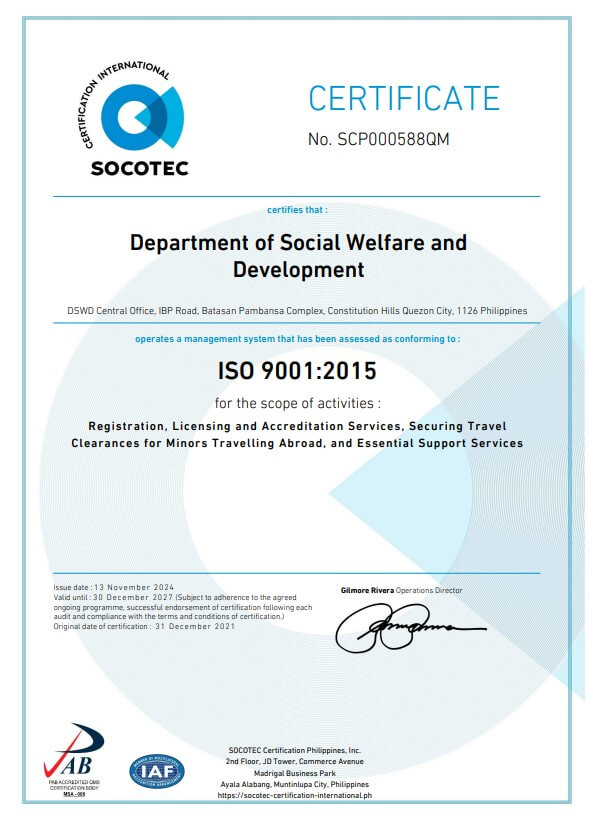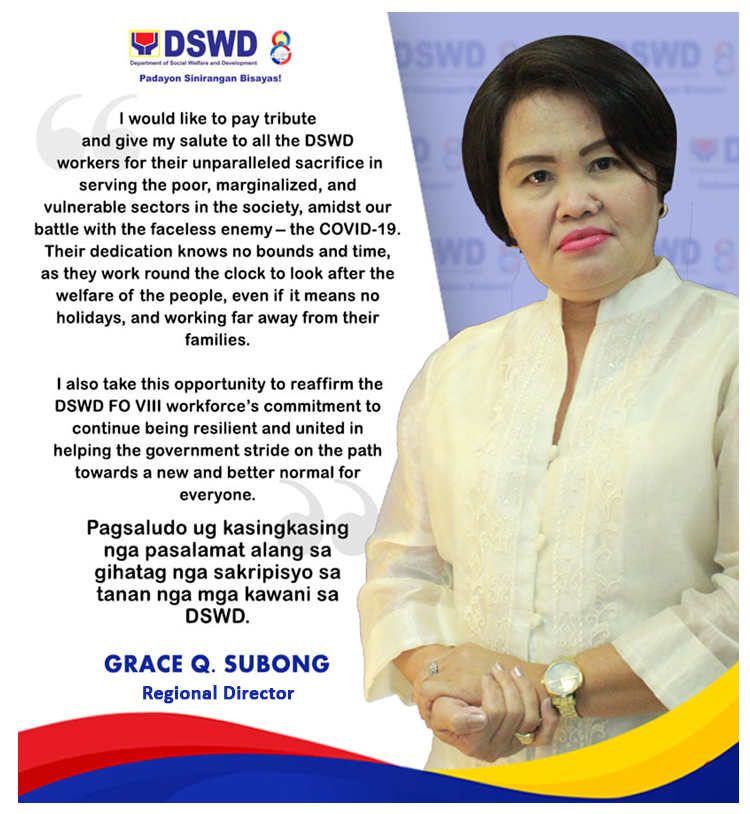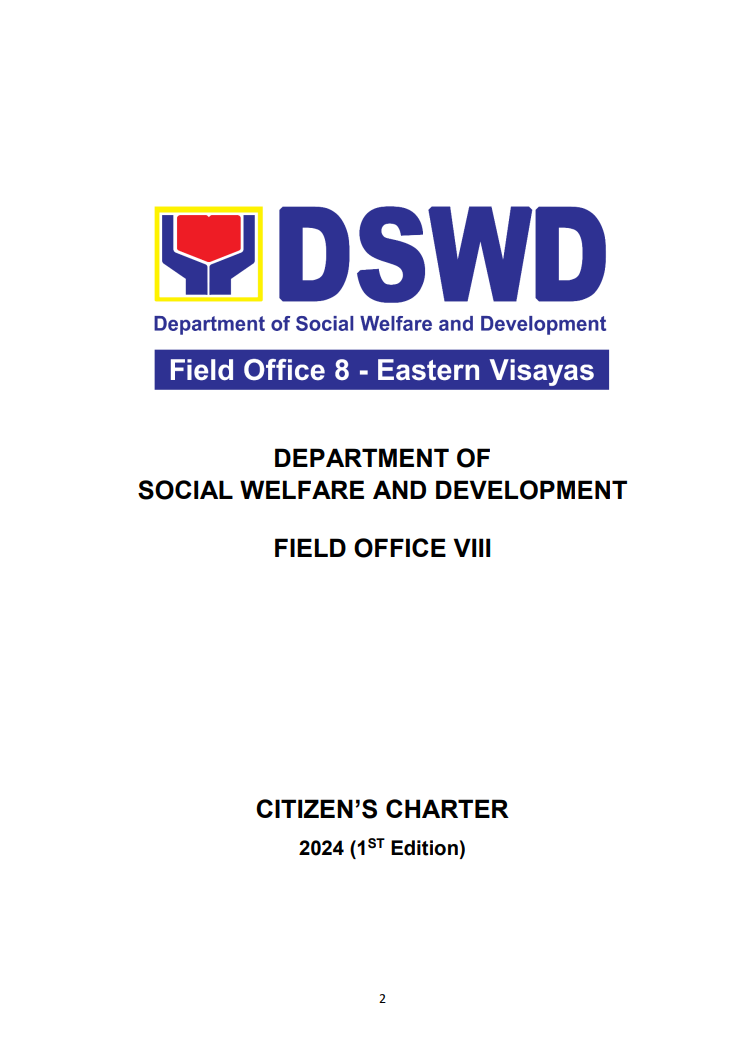The DSWD Field Office Eight headed by Regional Director Nestor Ramos is now pre-positioning some 60, 000 family food packs at its warehouse should local government units (LGUs) need augmentation in case of a disaster. He explained that per order of the DSWD Central Office, there should have at least 30, 000 family packs pre-positioned at the agency’s warehouse, especially with typhoon months around.
However, the experience brought by typhoon Glenda in Northern Samar, DSWD could hardly meet the requirements of the province which totaled to 54, 000 packs. “Hence, we should be ready and produce more,” Ramos said.
The DSWD Field Office Eight will also pre-position 10, 000 family food packs for large provinces., and 5,000 family food packs for smaller provinces. In the event that it will not be consumed at the end of the quarter, the LGUs can undertake the food-for-work scheme. All that the LGUs have to do is to submit project proposals to the field office.
Director Ramos reported that just like with the coming of Yolanda, the agency had relief goods positioned in 13 disaster – prone areas of the region before the super typhoon struck the hardest in Eastern Visayas’ 63 cities/municipalities.
As of to date, the DSWD had distributed 3, 702, 793 food and rice packs of three and six kilograms per pack, 138, 109 packs of 25 kilograms of Thai rice, 29, 825 packs of 25 kilogram Algerian rice, 550, 152 packs of 25 kilograms rice, 557 liters of water, 790, 018 tins of canned goods, 245, 517 packs of energy biscuits, 25, 715 packs of 25 and 50 kilograms of rice, 885, 007 packs of 20 to 25 canned goods, 472, 702 packs of 10 to 20 noodles, 1, 132, 432 coffee packs of 12 to 20 sachets, 1, 360 sacks and 13, 322 boxes of bottled water. The relief distribution covers the 252, 426 families of Leyte (35 towns), Eastern Samar (12 towns), Western Samar (6 towns), Biliran (6 towns), Southern Leyte (one town), and the cities of Tacloban, Ormoc, and Baybay.
The number, however, does not include that of the distribution in the evacuation centers, bunkhouses, and transitional sites in Tacloban. There were about 7, 422 displaced families in Tacloban, and out of this, there remains 1, 042 families in bunkhouses and transitional sites, 84 families at San Fernando Elementary School (which serves as evacuation center), and 978 families living in tents.
“We continue to provide food assistance every 15 days to these displaced families, not only in Tacloban but to the total 4, 071 families living in same, regionwide. Our stockpile of goods may not be enough to sustain their needs so we have to take good control of the supplies. We will stop extending food assistance until they will be able to stand on their own, “ Director Ramos pointed out.
The DSWD Regional Director also mentioned that because of the major destruction caused on the lives of the people of the region, Social Welfare Secretary Corazon “Dinky” Soliman has pledged to continue with the food assistance but only to vulnerable individuals, aside from those who were displaced.
As of to date, the DSWD Field Office Eight is finalizing the list – those who are pregnant, elderly citizens, persons with disabilities whose income fall below the poverty line.# (Vina P. Aquino, Regional Information Officer)








